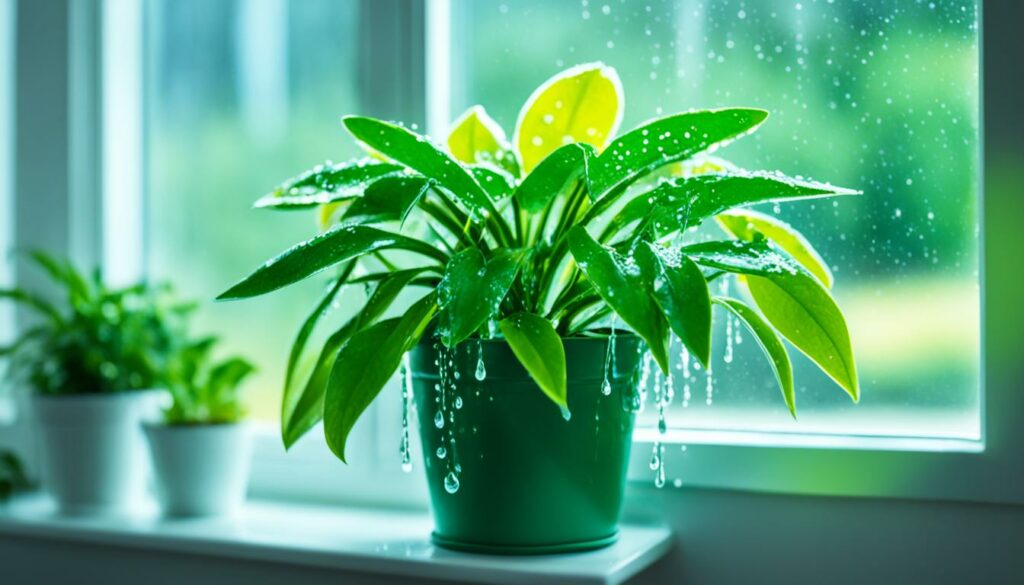Innovative techniques for efficient houseplant hydration include using self-watering pots, installing drip irrigation systems, employing hydrogel crystals to retain moisture, utilizing capillary mats for even watering, and adopting soil moisture sensors to optimize watering schedules.
Do you ever wonder why your houseplants look dull and lifeless, no matter how much you water them? Believe it or not, overwatering is not the solution to your plants’ hydration needs. In fact, it can be detrimental to their health and lead to root rot and fungal diseases.
That’s why knowing how to water houseplants efficiently is crucial for their survival. In this article, you’ll learn innovative watering techniques that will not only keep your plants hydrated but also conserve water and minimize waste.
From understanding your plants’ watering needs to choosing the right watering techniques, we will cover everything you need to know to become a watering expert. So, get ready to give your plants the love and care they need and deserve.
Understanding Your Houseplants’ Watering Needs



Proper hydration is essential for healthy houseplants. However, watering requirements vary from plant to plant, and it’s crucial to understand their specific needs to avoid over or underwatering.
You can determine if your plant needs watering by checking the moisture level of the soil. Stick your finger an inch below the surface; if it feels dry, it’s time to water.
No products found.
Factors such as the plant’s size, environment, and growth stage can influence their water requirements. For instance, larger plants with bigger roots need more water, and those in brighter, warmer areas tend to dry out faster.
Overwatering can lead to root rot and other health problems, while underwatering can cause drooping, yellowing, and wilted leaves. Keep an eye out for these signs to ensure your plants are getting the right amount of water.
- Check the moisture level by sticking your finger into the soil.
- The plant’s size, environment, and growth stage affect their water requirements.
- Overwatering can cause root rot, while underwatering can lead to drooping and wilting.
- Adjust watering frequency according to the season.
Choosing the Right Watering Techniques
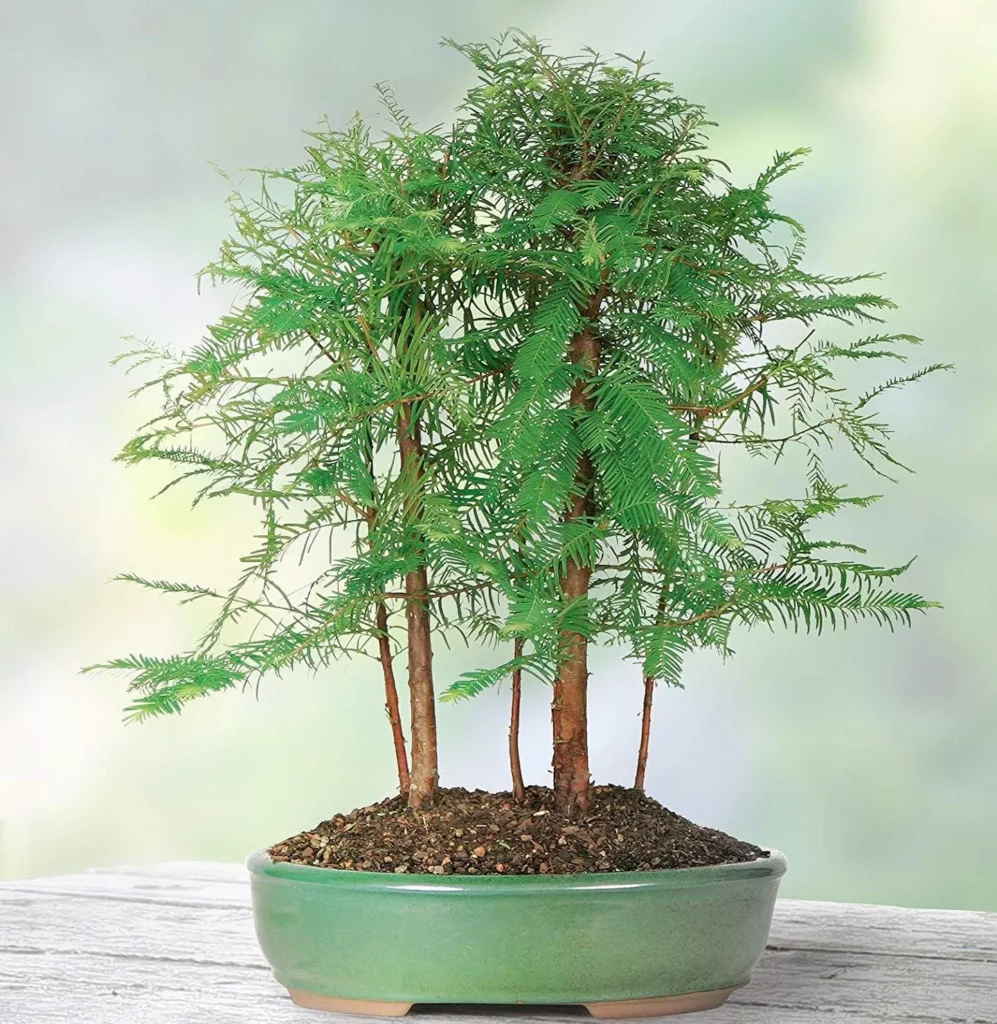
When it comes to watering houseplants, choosing the right technique is crucial for their health and growth. The three main methods are top watering, bottom watering, and self-watering systems.
Top watering is the most traditional method, where you pour water over the topsoil until it drains out from the bottom. It works best for houseplants with shallow roots, such as succulents and herbs.
Bottom watering, on the other hand, involves filling a saucer or tray with water and allowing the plant to absorb it from the bottom up. It is ideal for plants with deep roots, like peace lilies and spider plants.
No products found.
Self-watering systems are a convenient and efficient way to ensure your plants get the right amount of water. These systems supply water to the roots as needed, eliminating the risk of over or under watering. They are perfect for busy plant parents or those who tend to forget to water their plants regularly.
To choose the best technique for your houseplants, consider their water requirements, the depth of their roots, and their drainage needs. Always follow proper watering techniques to ensure the health and longevity of your plants.
Watering Frequency and Timing
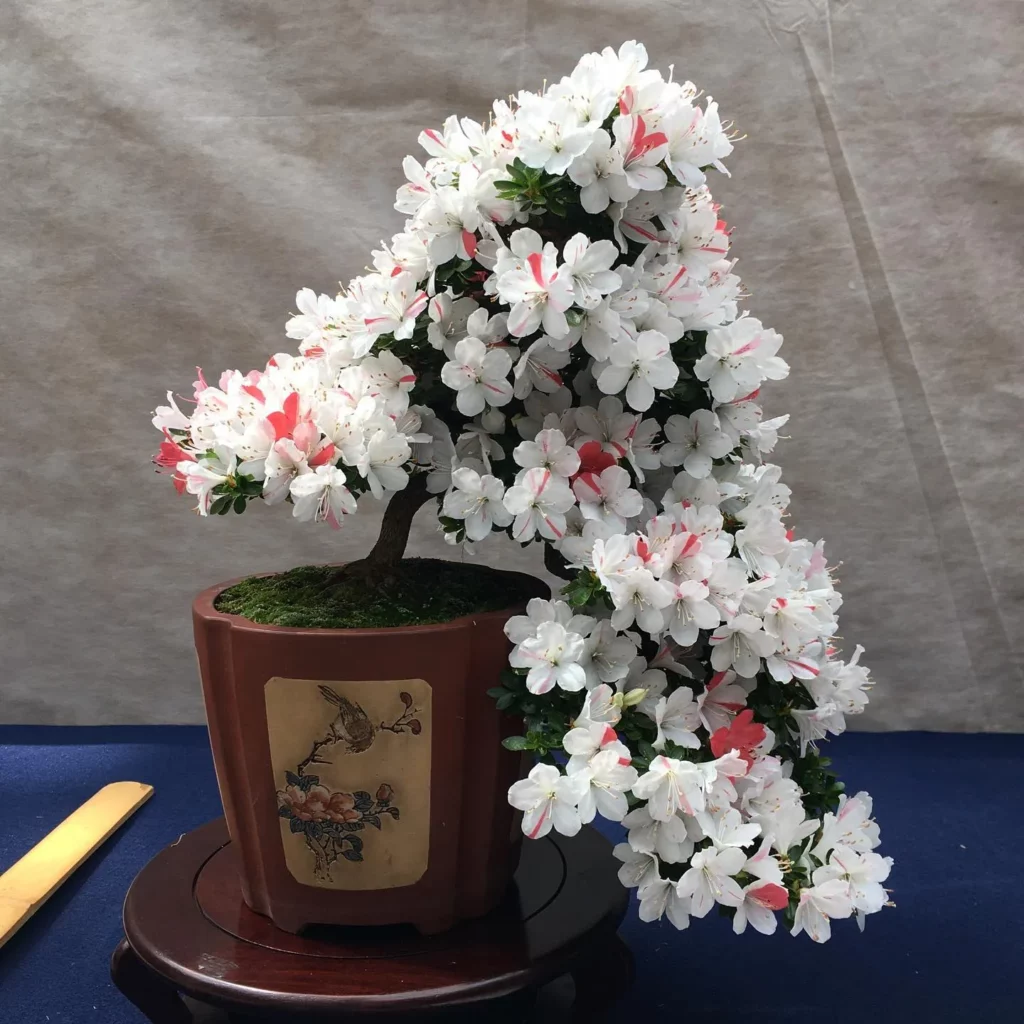
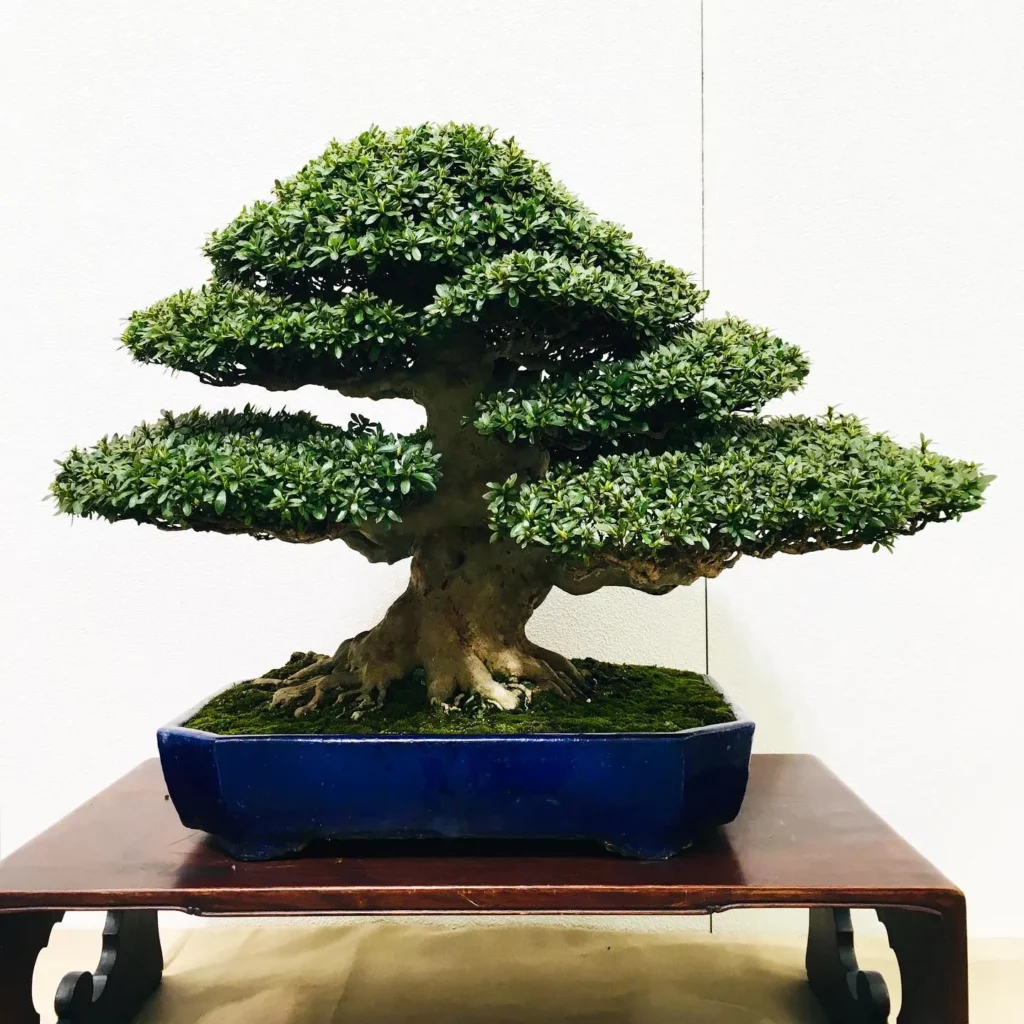
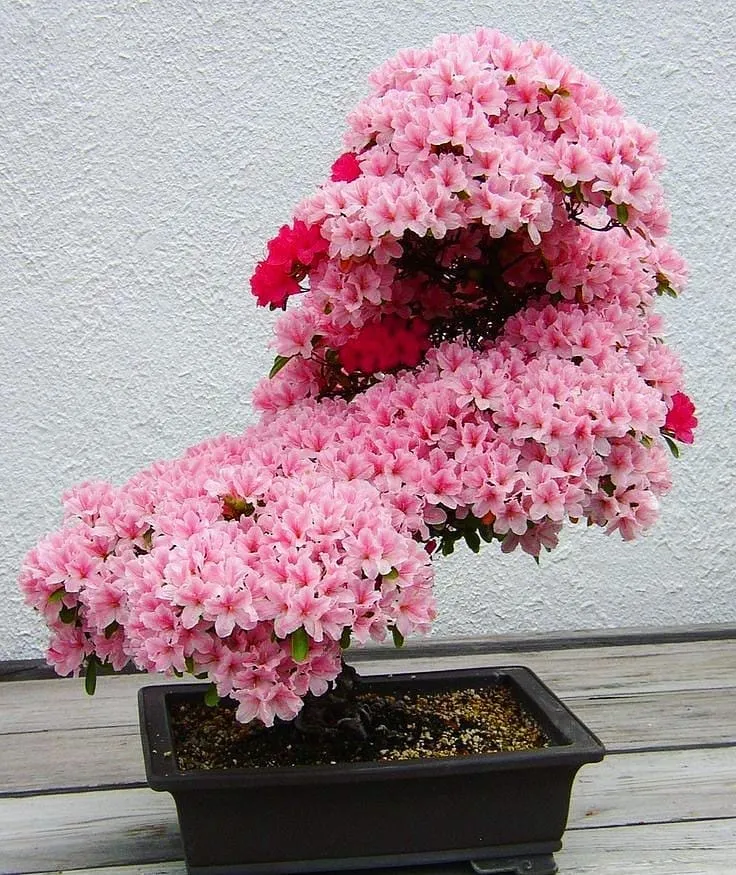
To keep your houseplants healthy, it’s important to water them consistently. But how often should you water them? Well, that depends on the plant species. Some plants, like snake plants and succulents, don’t need as much water and can go longer between waterings. Others, like ferns and peace lilies, prefer to stay consistently moist.
As a general rule of thumb, it’s better to underwater than overwater your plants. Overwatering can lead to root rot and other issues that can be challenging to fix. To determine whether your plants need watering, stick your finger about an inch into the soil. If it feels dry, it’s time to water. If it’s still moist, wait a bit longer.
No products found.
The timing of your watering can also affect your plant’s health. It’s best to water in the morning or early afternoon, as watering at night can encourage fungal growth and other issues. Additionally, environmental factors like temperature and humidity can affect how often you need to water your plants.
- Take care not to overwater your plants.
- Stick your finger about an inch into the soil to determine whether your plants need watering.
- Water your plants in the morning or early afternoon to avoid potential issues.
- Be mindful of environmental factors that may affect your plants’ watering needs.
Water Conservation Tips for Houseplant Care

When it comes to caring for your houseplants, water conservation is an essential aspect to consider. Not only does it help you save water, but it also minimizes water wastage as you care for your plants.
No products found.
Here are some eco-friendly practices that you can incorporate into your houseplant care routine:
- Reuse water: Don’t waste the water you use to rinse fruits and vegetables or the water that collects in your dehumidifier. Instead, use it to water your houseplants.
- Use humidity trays: Place a layer of gravel in a tray and add water to it. Place the plant on top of the gravel and let it absorb the moisture. This not only helps conserve water, but also increases humidity levels around the plants.
- Incorporate proper drainage: Use pots with proper drainage holes and place a saucer underneath to collect excess water. This will not only conserve water but also prevent root rot and other water-related issues.
Troubleshooting Watering Issues



Despite working hard to keep your houseplants happy and hydrated, you may encounter issues with watering. Here are some of the most common watering problems and how to address them:
No products found.
Root Rot
If you notice your plant’s leaves yellowing, wilting, or falling off, it could be a sign of root rot. This occurs when roots become waterlogged, leading to fungal growth. To remedy the issue, carefully remove the plant from its pot and inspect the roots. Remove any brown or mushy roots with clean scissors or pruning shears before repotting in fresh soil with proper drainage.
Underwatering
Underwatering can lead to dry, crispy leaves that may turn brown and fall off. Make sure to check the soil regularly and water your plant as soon as the top inch feels dry to the touch. Increase watering frequency during hot weather or if your plant is in bright, direct sunlight.
Overwatering
Overwatering can cause yellowing leaves, stem rot, and unpleasant odors. To prevent overwatering, make sure your pot has adequate drainage and only water your plant when the top inch of soil feels dry. If you suspect your plant is suffering from overwatering, cut back on watering and allow the soil to dry out before resuming your usual watering routine.
Advanced Techniques for Houseplant Hydration

Caring for houseplants can be a rewarding experience, but it can also be challenging, especially when it comes to ensuring they receive the right amount of water. If you’re ready to take your houseplant watering skills to the next level, here are some advanced techniques you can try:
Misting: Misting is a great way to supplement your plant’s hydration needs. It involves spraying mist onto the foliage of your houseplants using a spray bottle. This technique is particularly helpful for plants that require high humidity levels.
No products found.
Using Moisture Meters: A moisture meter is a handy device that helps you measure the moisture content of your plant’s soil. By inserting the probe into the soil, you can determine whether your plant needs watering or not. This tool can help you avoid overwatering or underwatering and keep your plants healthy.
Implementing Automated Watering Systems: Automating your watering system is an excellent way to ensure your plants receive adequate hydration even when you’re away. There are various automated systems you can use, such as drip irrigation and self-watering pots. These systems can save you time and reduce water waste by providing the right amount of water to your plants.
By incorporating these advanced techniques into your houseplant care routine, you can simplify the way you water your plants and ensure that they receive the correct amount of water. Remember to monitor your plants’ hydration needs regularly, and adjust your watering technique accordingly to keep them healthy and thriving.
Now that you know these advanced techniques, you’re well on your way to becoming a houseplant care expert!

